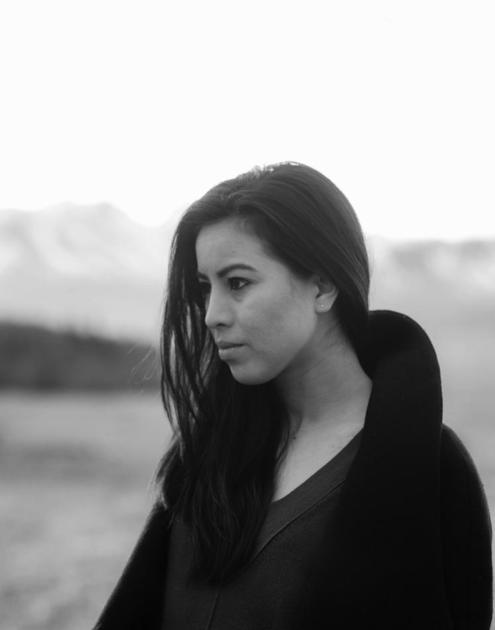Source: First Nations in British Columbia
From Date: Sunday, July 13, 2014
To Date: Saturday, July 19, 2014
Location: Journey to Bella Bella for Qatuwas II

Invitation to Bella Bella for Tribal Journey in 2014

Helitsuk hosted the Qatuwas Festival in Bella Bella in 1993, and have been actively involved in modern day canoe resurgence. The Heiltsuk leadership invite the canoe nations to once again journey to Bella Bella for Qatuwas II “people are coming together” in 2014. Our intent is to host the gathering in our new Bighouse.
Pulling Together

The ocean going canoe is our traditional mode of transportation. Participants in Tribal Journeys learn traditional ecological knowledge of weather and tides, gain respect for the ocean and its power, and work together as a team to build on individual strengths.
This year, Helitsuk youth had the opportunity to paddle to Neah Bay, Washigton. Helitsuk acknowledge the generosity of our hosts, the Makah Tribe. we also acknowledge our Hemas (traditional leaders) and elected leaders who endorsed the journey, and are thankful for the support of the community organizations.
The Heiltsuk Integrated Resources Management Department (HIRMD) is building capacity to achieve long term sustainability of not only natural resources, but also Heiltsuk human resources. HIRMD is working with QQS Projects Society and out youth on an engagement strategy related to science and culture, to ensure that youth are ready, willing and able to replace the HIRMD managers and staff over time. We plan to train coordinators and facilitators in planning processes, and employ youth to organize and participate in a canoe gathering in Bella Bella in 2014.
For decades the Hemas and elders have seen the need for a Bighouse in Bella Bella. Funds were raised to support some of the anticipated costs of construction and projects management. A team of supporters with the Kvai Projects Society are moving forward to realize the Bighouse goal.
The Journey Ahead

In the year ahead we will research and develop a strategic plan for Qatuwas II and the Bighouse project. We are interested in trade and barter to secure financial resources for project implementations.
The Heiltsuk territory still contains stands of old growth cedar. We would like to explore the idea of Nation to Nation protocols to allow us to share access to old growth cedar from Heiltsuk territory for canoes and ceremonial house logs, in exchange for financial resources to cover the costs of building the Heiltsuk Bighouse to host the 2014 Tribal Journeys. Another goal is to organize an intertribal exchange between the Heiltsuk and Washington State tribes to share information about governance, resources management, business and investment.
Please support Qatuwas 2014

We are a small community with limited resources, however, we are determined to make Qatuwas 2014 a success. We are seeking support from other First Nations, private and public donors.
Your support will allow us to organize this gathering with a dedicated team of staff and volunteers to take care of accommodation, transportation, food, sanitation needs, festival logistics, protocol planning, support for Big House construction, programming and communications.
We believe that bringing together youth and elders to celebrate our traditions and culture will strengthen us as a people and a community.
Qatuwas 2014 will let our youth experience the importance of the Glwa that connects us so much to our lands and seas. It fills our elders with pride to see our culture and traditions continue to live on through our young people.
The Heiltsuk Hemas (Hereditary Chiefs) and the Heiltsuk Tribal Council are proud to support Qatuwas 2014.
To discuss trade and barter possibilities contact:
Kathy Brown Email: canoe1993@gmail.com | Heiltsuk Tribal Council, Box 880, Bella Bella, BC, V0T 1Z0
The Bella Bella Big House – Heart of our Culture
Tribal Journeys to Bella Bella 2014


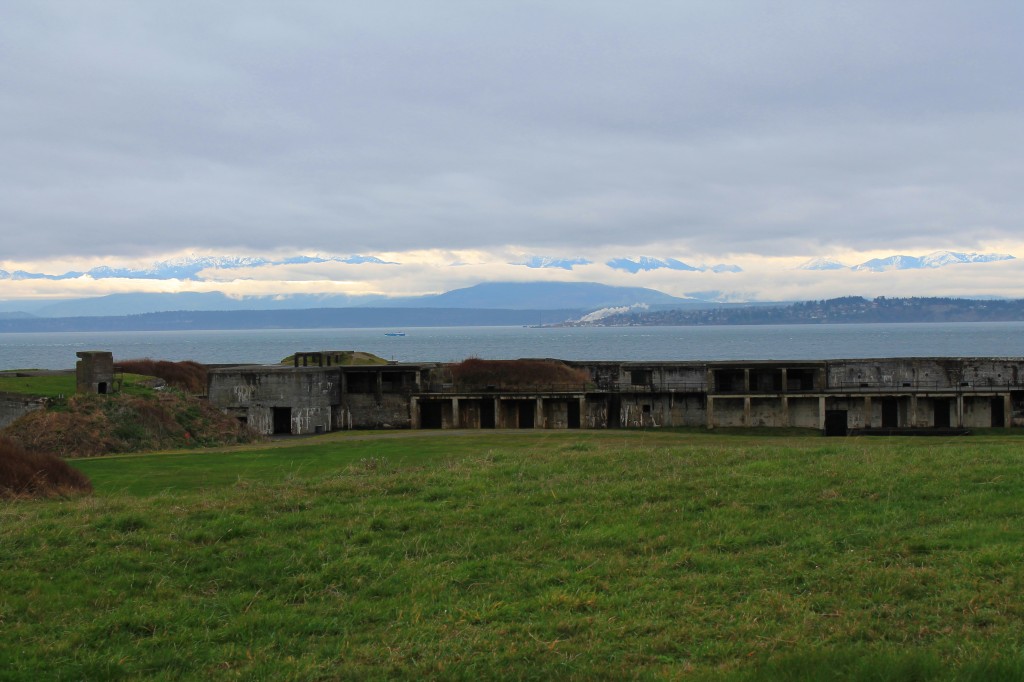


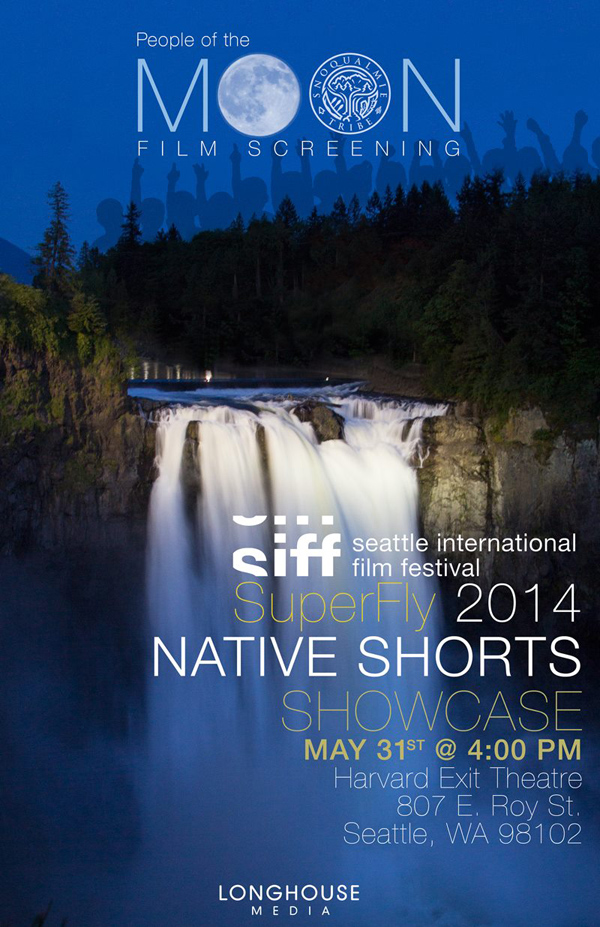

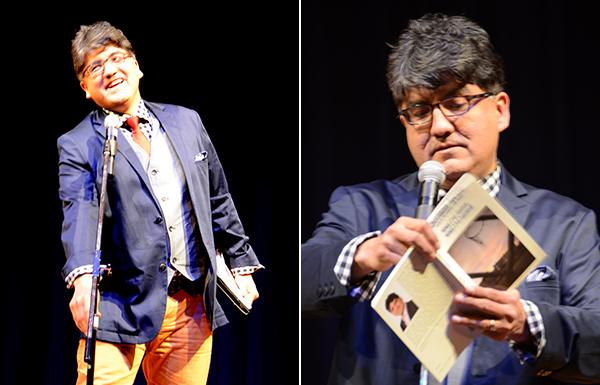

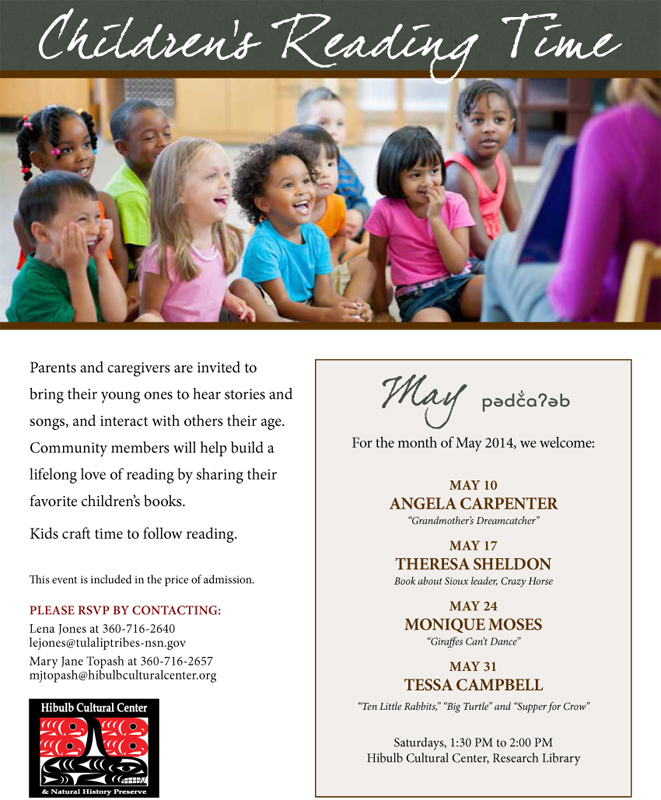

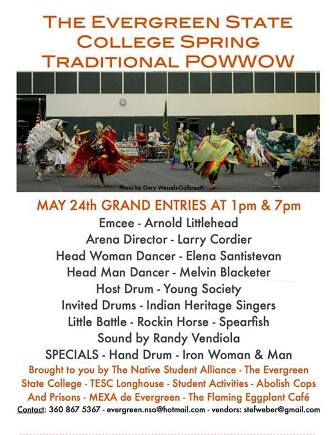

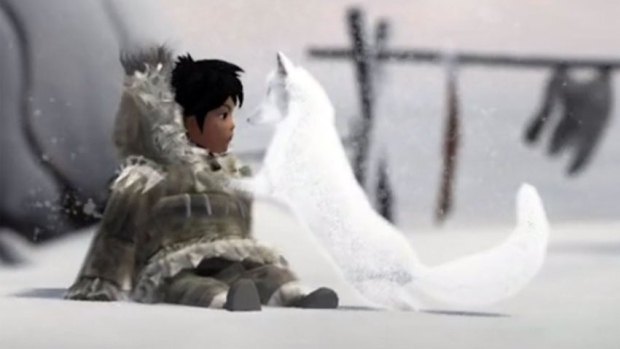

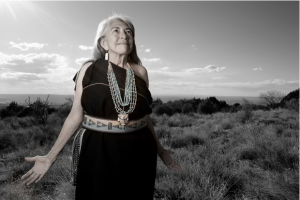

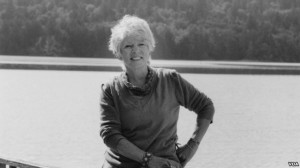
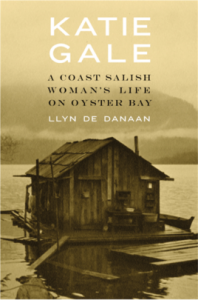

 By MIKE DUNHAM
By MIKE DUNHAM Anchorage Dimond High School graduate Michelle Brown has become a finalist in a national search for stylin’ footwear with a design that makes ingenious use of salmon skin.
Anchorage Dimond High School graduate Michelle Brown has become a finalist in a national search for stylin’ footwear with a design that makes ingenious use of salmon skin.